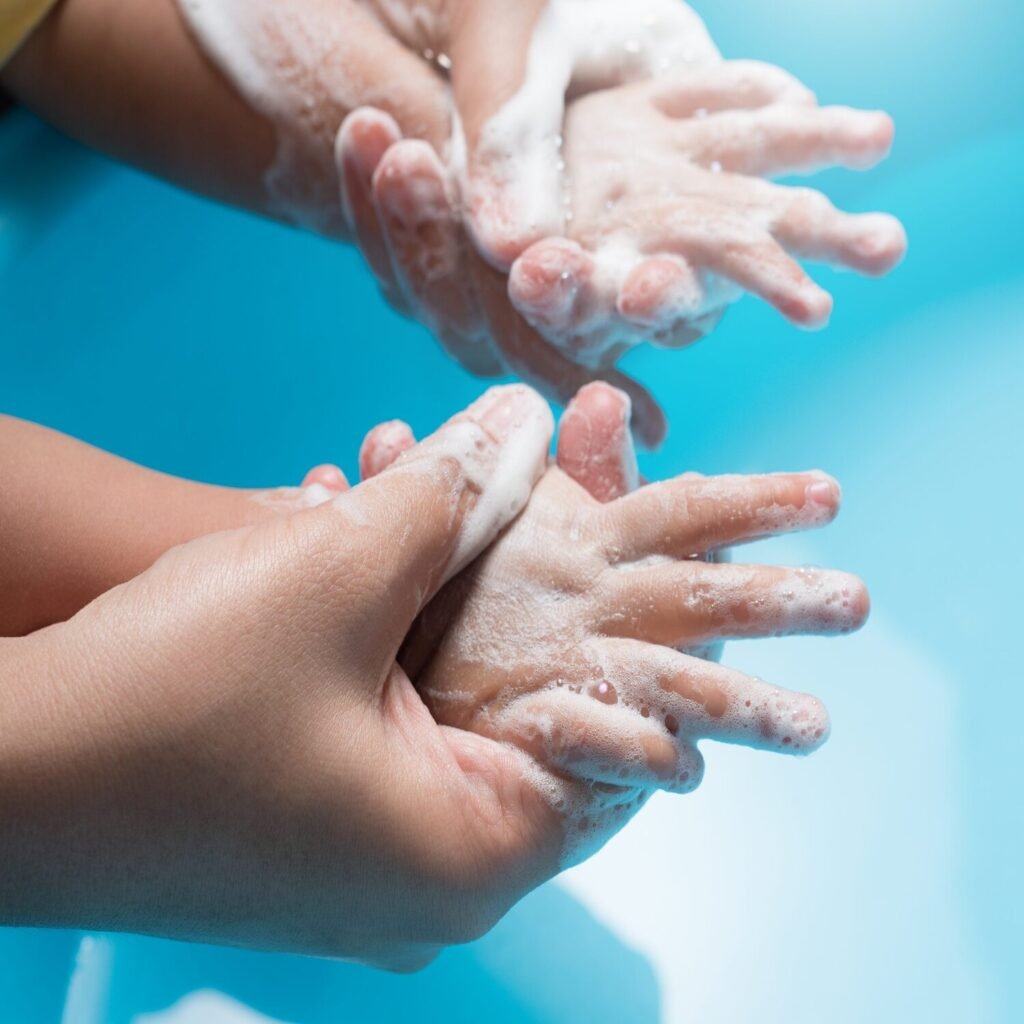
Best Dish Wash Liquid in Pakistan – Why Crystal Dish Wash Stands Out
Staying clean and fresh doesn’t just mean washing your dishes, it also means the wellbeing of your family. There are a couple of things that you should consider when selecting

Handwashing is a simple yet powerful act that plays a crucial role in maintaining good hygiene and preventing the spread of infectious diseases. Despite its apparent simplicity, proper handwashing is a highly effective method to eliminate harmful germs and bacteria that can lead to illnesses. In this comprehensive guide, we will delve into the importance of handwashing, the correct techniques, and the impact it has on public health.
Why is Handwashing Important?
Handwashing is the first line of defense against the transmission of various infectious diseases, including the common cold, flu, and more serious illnesses like gastrointestinal infections. The hands act as carriers for viruses and bacteria, and when we touch our face, mouth, nose, or eyes, we provide a direct entry point for these pathogens into our bodies.
Viruses that cause respiratory infections, such as the flu or the common cold, can be easily spread by touching contaminated surfaces and then touching the face. Regular handwashing minimizes the risk of transferring these viruses and helps protect individuals from respiratory illnesses.
Proper handwashing is essential in food preparation to prevent cross-contamination. Bacteria and other pathogens can be present on raw food items, and failure to wash hands thoroughly can result in the transfer of these contaminants to other surfaces, utensils, and ultimately, the prepared food.
In healthcare settings, hand hygiene is of paramount importance to prevent the transmission of infections between healthcare providers and patients. Strict adherence to handwashing protocols is crucial in preventing healthcare-associated infections.
When and How to Wash Hands:
Always wash your hands before handling, preparing, or eating food. This helps prevent the transfer of harmful bacteria to the food you consume.
After using the restroom, thorough handwashing is essential to eliminate any potential fecal-oral contamination and reduce the risk of spreading gastrointestinal infections.
Covering your mouth and nose with a tissue or your elbow when sneezing or coughing is important, but it’s equally crucial to wash your hands immediately afterward to prevent the spread of respiratory viruses.
Public spaces, such as doorknobs, handrails, and elevator buttons, can harbor a multitude of germs. Regularly wash your hands, especially after being in crowded or high-traffic areas.
Handwashing is a simple yet highly effective practice that can significantly impact public health by preventing the spread of infectious diseases. Adopting proper handwashing techniques in various daily activities is essential for personal well-being and the well-being of the community at large. By making handwashing a habit, we contribute to a healthier and safer environment for ourselves and those around us.

Staying clean and fresh doesn’t just mean washing your dishes, it also means the wellbeing of your family. There are a couple of things that you should consider when selecting

A cleaner and hygienic type of toilet is very vital in order to have a healthy living in the house. Your toilet is in direct contact with lots of germs
© Copyright 2024 powered by GENTEC